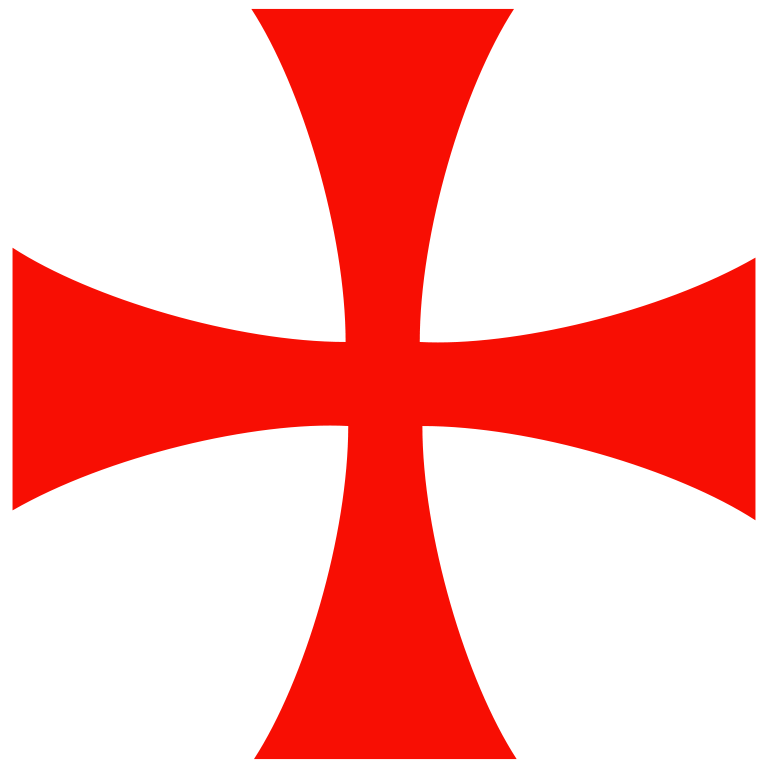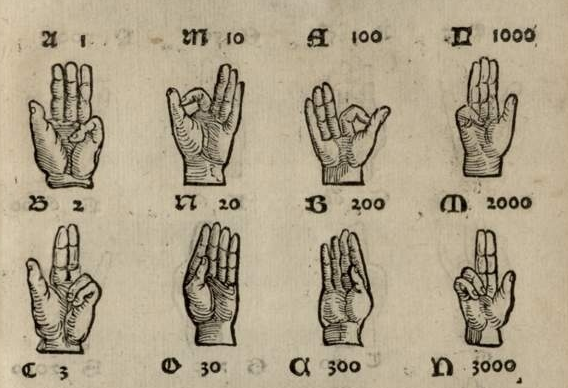Kirkstall abbey research Cistercian semiotics
Today I have been delving a little further into Cistercian semiotics in a bid to spark the design of the typography and semiotics associated with the Kirkstall abbey brief.
Below is a set of cyphers developed by Cistercian Monks in the 1300s as a means of conveying numerical properties, knows as 'the Cyphers of the monks'. The system uses a vertical straight line as its main symbol. This symbol is essentially an axis that divides the two-dimensional plane into four quadrants. Each of these four quadrants signifies one of the four digits. The number can then be determined by visual inspection. Although invented in the 1300s by French Cistercian monks, placing the system around mid epoch for the Cistercian use of the Abbey. It is still a relevant piece of semiotic for what monks would have used to communicate certain values around the time, due to its progression to Britain monks, through John of Basingstoke.

Later on the time line after the dissolution of monasteries act Cistercian Monks developed a form of sign language. In 1624 the ten abbots of Cisterian Strict Observance gathed near Paris to write up a series of reforming statues as their order of catholicism was under threat from the mainstream body of the faith. One particularly important ideal for the reformers was the discipline of silence. To combat the issues raised by personal silence, as in accordance with the holy scriptures, was sign language. The system developed was allegedly the same as the language the Fathers of the Cisterian church instituted for the purpose of safeguarding silence in their ancient monasteries.
Although this came back into use after the dissolution of the monasteries by Henry the 8th it is still a strong piece of visual narrative relating to Cisterian monks.

Cistercian Monks of the era would have probably looked something like this:

Here is a collection of crosses used by the catholic church around the era in question. However it's likely these would have been better associated with Spanish monks than English.

 Another order of the catholic church that would
Another order of the catholic church that would
have run alongside the Cistercian monks at the time is the knight's templar in the UK (below left) and the Order of Calatrava in Spain (below right). These orders appear to have much more colourful visual language than the Cisterian monks so could be interesting to look into, however, perhaps its best to keep the aesthetic strictly Cisterian.




Below is a set of cyphers developed by Cistercian Monks in the 1300s as a means of conveying numerical properties, knows as 'the Cyphers of the monks'. The system uses a vertical straight line as its main symbol. This symbol is essentially an axis that divides the two-dimensional plane into four quadrants. Each of these four quadrants signifies one of the four digits. The number can then be determined by visual inspection. Although invented in the 1300s by French Cistercian monks, placing the system around mid epoch for the Cistercian use of the Abbey. It is still a relevant piece of semiotic for what monks would have used to communicate certain values around the time, due to its progression to Britain monks, through John of Basingstoke.

Later on the time line after the dissolution of monasteries act Cistercian Monks developed a form of sign language. In 1624 the ten abbots of Cisterian Strict Observance gathed near Paris to write up a series of reforming statues as their order of catholicism was under threat from the mainstream body of the faith. One particularly important ideal for the reformers was the discipline of silence. To combat the issues raised by personal silence, as in accordance with the holy scriptures, was sign language. The system developed was allegedly the same as the language the Fathers of the Cisterian church instituted for the purpose of safeguarding silence in their ancient monasteries.
Although this came back into use after the dissolution of the monasteries by Henry the 8th it is still a strong piece of visual narrative relating to Cisterian monks.

Cistercian Monks of the era would have probably looked something like this:

Here is a collection of crosses used by the catholic church around the era in question. However it's likely these would have been better associated with Spanish monks than English.

 Another order of the catholic church that would
Another order of the catholic church that wouldhave run alongside the Cistercian monks at the time is the knight's templar in the UK (below left) and the Order of Calatrava in Spain (below right). These orders appear to have much more colourful visual language than the Cisterian monks so could be interesting to look into, however, perhaps its best to keep the aesthetic strictly Cisterian.


Tiles Square Panel in the Cistercian monastery in Bebenhausen a village in Germany, vintage line drawing or engraving illustration:



Comments
Post a Comment